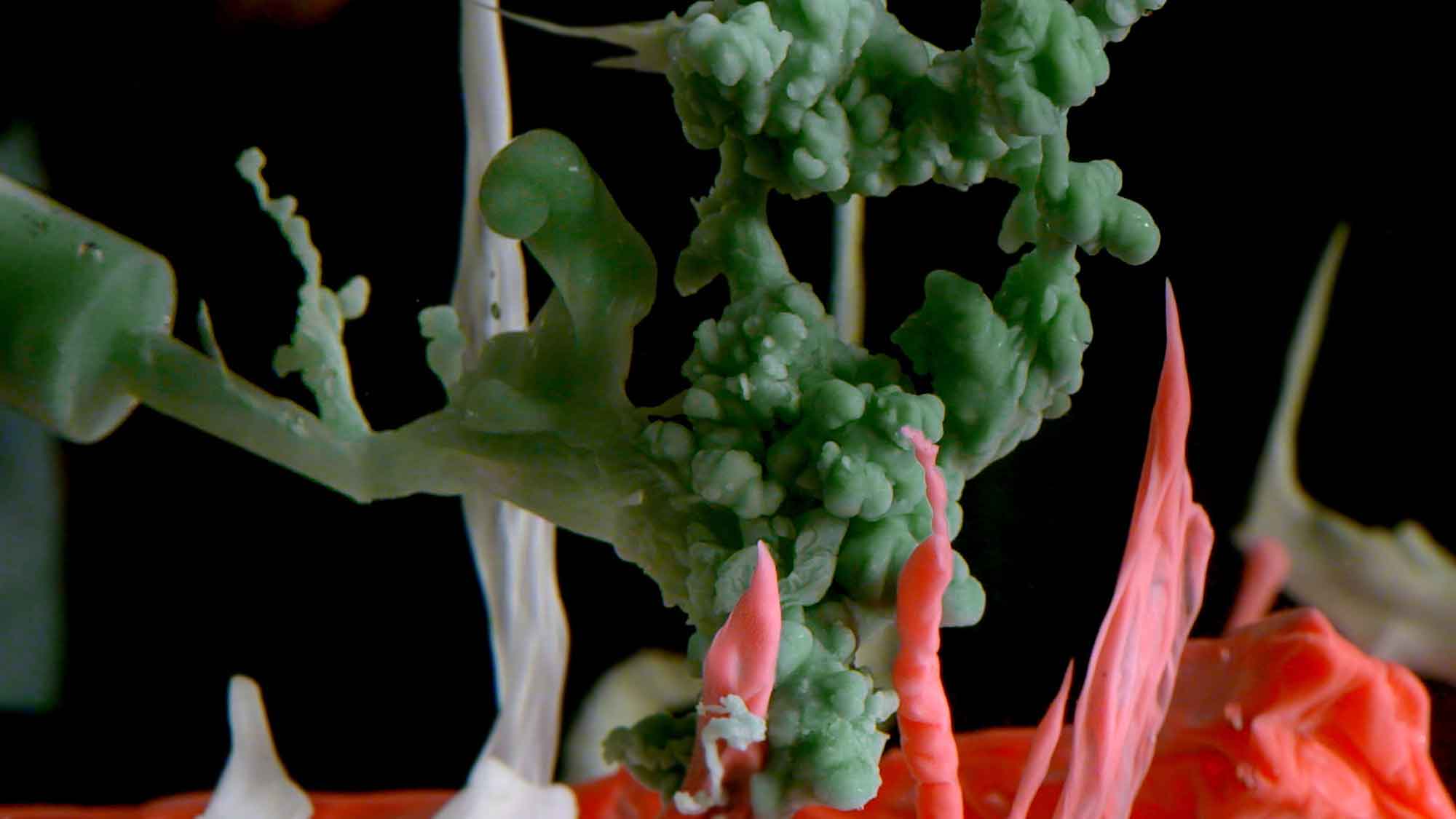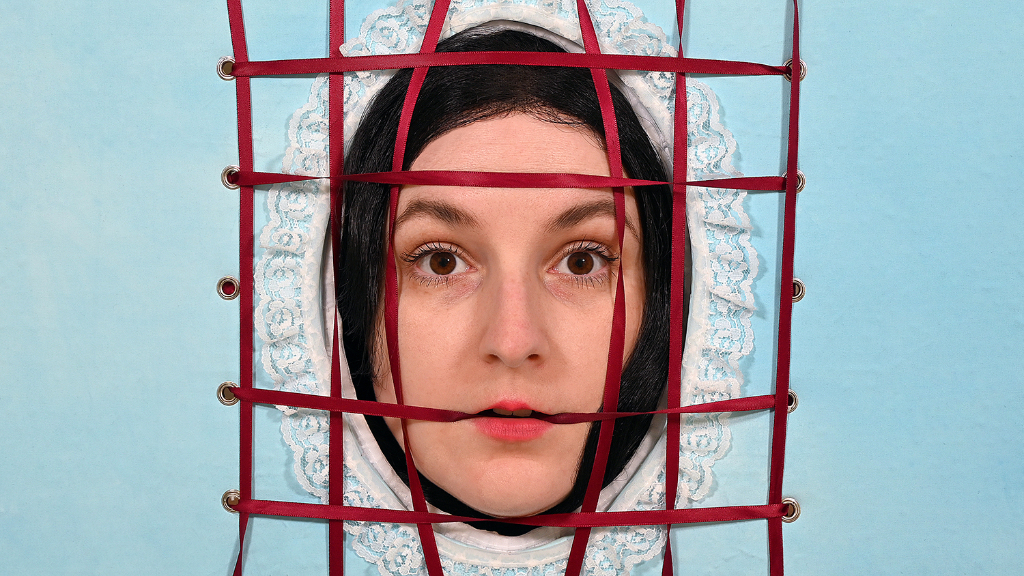Interview by Simona Serban
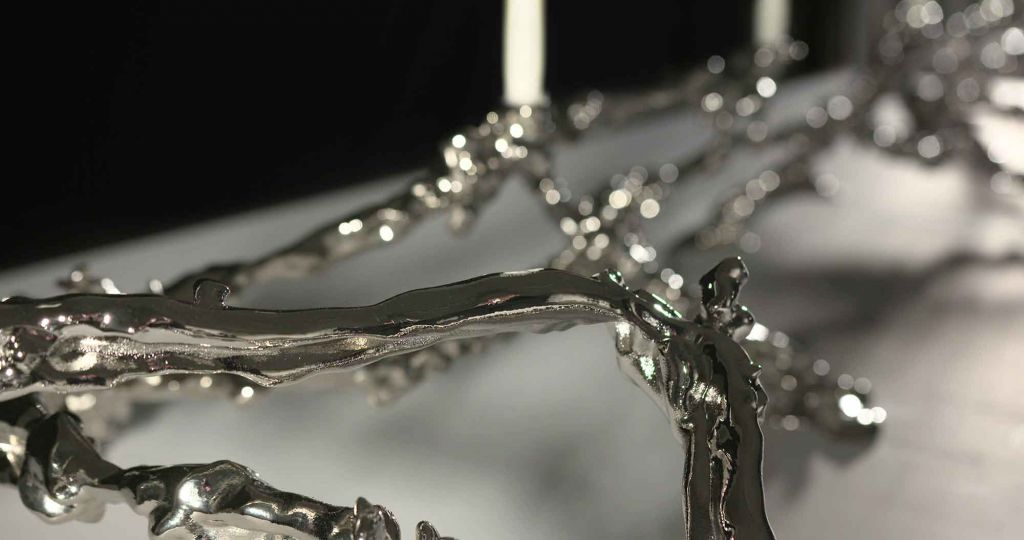
Studio Pascal Smelik – a studio for site-specific and custom-made object design – is a studio founded by Pascal Smelik in 2010, where he practices his rediscovering craft, expanding the contemporary definitions of design. His fascination characterises his creations for the growth, distortion and fusion of natural phenomena and their processes. Pascal Smelik also has a set of rules regarding their production methods, working mainly with small series’, limited editions and the site or context-specific commissions, as nature has.
What is most striking about Smelik’s practice is the appreciation of the natural world – the organic and physical processes – and how he brings them back to the built environment by literally putting nature on a pedestal, thus advocating for nature’s rightful place within the design industry. Pascal Smelik ignites the viewer’s imagination, creating a palpable tension between them and the object they regard.
Projects such as BallOon vase (2014), MaTTer (2016), and The Upside down (2018) are key to understanding the vision Smelik has for the design world. We should pay attention to the way he approaches the natural processes and brings them into our homes – and in times like this, is imperative that we applaud such a sustainable approach to design as a truthful embodiment of environmental awareness through design.
Smelik focuses on conceptualisation to a whole different level by recreating organic processes and literally putting a spin on nature, navigating between art and design through unique design methods. Combining this expressive potential with traditional and modern production techniques generates work that recalls nature and growth in the abstract.
His work, featured in galleries and exhibited at international design fairs worldwide, showcases their best assets by channelling their creativity through their unique design approach. The Upside down shows the same natural wild growth, but it is created with the addition of human interference by head and hand. Smelik unifies both the cultural and biological approaches of designing – not by imitating nature, but by including nature as part of the design process.
Whether this work comes across as absurdist is up to the beholder. Still, one thing is sure – by letting the shapes do what they should do, Smelik creates a design that is anything but within the lines and therefore stands contrary to the majority of sleek contemporary design. Pascal’s practice teaches us through these types of projects to look towards nature for inspiration. Nature has the infinite transformation and innovation power that makes it unique and alluring by default, showcasing its best assets and channelling its creativity through earthly processes.
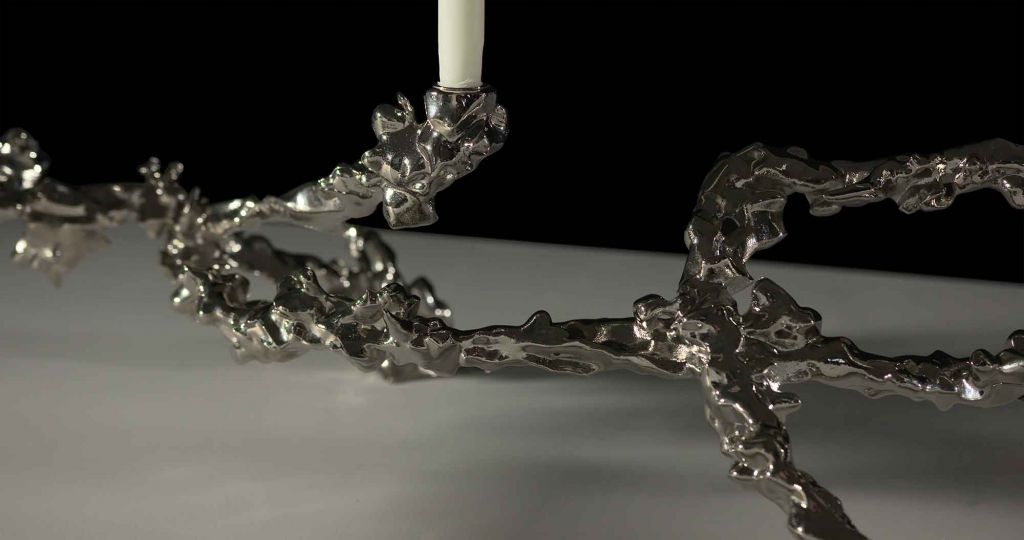
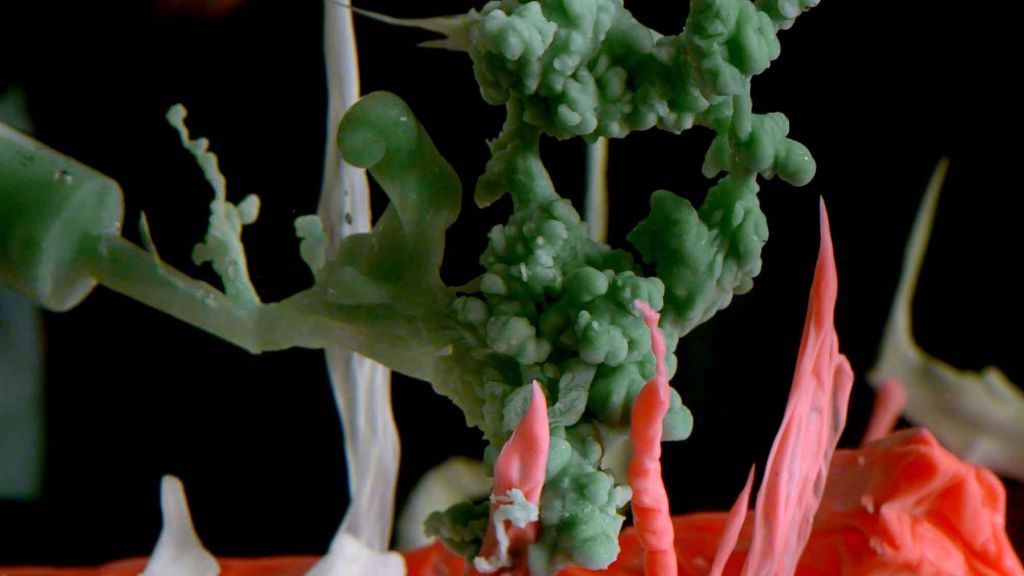
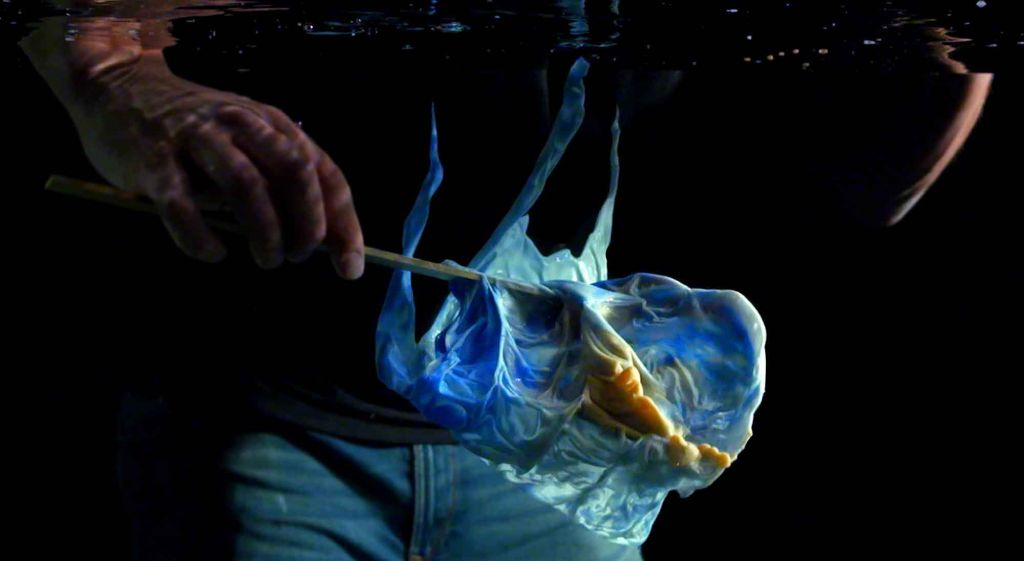
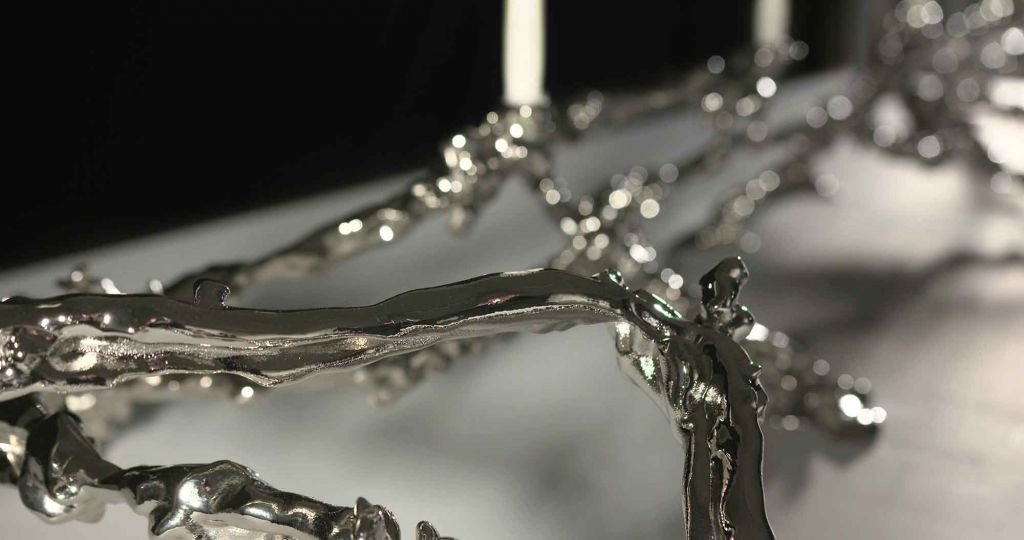
What was the main reason and thought process that made you start your studio?
In 2009 my graduation work Kaarsrecht received a lot of attention. It was selected by Lidewij Edelkoort, who was curator at the time for an exhibition with the best work of 100 art academy graduates from Europe. The show took part during the Dutch design week in 2009.
This immediately led to several requests for designs for various design labels. Currently, the retail variant “Drip” is still sold well worldwide through the label Pols Potten. Another reason is that I graduated in the middle of an economic crisis, so there was no choice for graduates but to create their studio. Next to this, I come from an entrepreneurial family and have always felt the need to start my own business.
Your works tranced different mediums, vibes, materials and natural worlds. What is it that you find so alluring to such an approach in your design process? And what do you believe humanity can learn from it? What do you aim to achieve through your series of works?
Working with natural processes creates a certain tension because you do not know in advance what the outcome will be. There is an uncontrollable factor in the design process that is visible in the work and invites it to be admired. Due to the different digital techniques and materials that I use, the contrasts increase the work, and I come to a design that is different from contemporary design.
The organic shapes created underwater with the wax and water technique are central to my work, The Upside Down and determine the method used. You could see it as a co-creation with a natural phenomenon. I bring the beauty of natural processes to a frozen state so the human being who moves predominantly fast in the modern world can see it and hopefully will be triggered to be amazed.
To say nature is at the core of your practice would be an understatement; Could you pinpoint the moment you discovered your passion or interest in the organic world?
Since I have my first memories, I would like to say. I was a quiet child, observant, a dreamer, people would say. Every child is fascinated by nature and physical processes. I see that when I watch my daughter admire the movements of a worm in the garden or when she watches the organically clustered bubbles of the bath soap that floats on the water.
Every child also likes to play with candle wax, although parents often don’t like that. Children can also slow down better than adults and do not allow themselves to be stirred up by the “time” factor.
I think it’s a shame that this fascination diminishes over a lifetime because it is such a beautiful and meaningful wonder that it could also be the solution to the climate crisis. My interest in the natural world in detail has always remained since. How light reflects in a glass of water, how marblelike bird poo can look from up-close, or how mesmerising a fallen leaf is frozen in the water, to name a few.
After some wanderings in my adolescent years, in which I was looking for who I am and what I wanted, the art academy turned out to be the place for me. There I became aware of my visual talent, and I also received recognition for it. There I learned to convert this talent into work. There I discovered my passion as a maker.
What would you say is the key element that makes people stop in their tracks when they meet face-to-face with your works of art?
I hope that even before they decide whether they think it is beautiful or the opposite of beauty, or something in between, they think: What is it that I am looking at? Because that is the key effect of my work: looking like a child, from curiosity and interest to wonder.
The original design evokes all kinds of associations; monstrous, fairytale, absurd or humorous. And then the thought: but what is it really? How did this come about? Besides being a table, or a candelabra, I like that.
Among your projects, The Upside down project stands out as an example of your impressive skill to intertwine the utility of a candle holder with the natural world obtained by deconstructing natural growth processes. When you first start working on a project, what is the first thing you always take into consideration?
Visualisation is an essential first step. And that starts with the experiment. I started this project with a fascination for deformation and started throwing hot wax into the bathtub to see what happens. My ideas often go in all directions at the beginning. The trick is to capture and frame the best idea. When you created this ‘box’ for your idea, your creativity is challenged hard, and you encounter challenges in realising it.
Which would you say has been your most challenging project so far, and in what way?
The project I am currently working on. I want to capture the Northern Lights in a glass object, such as a light sculpture or wall object, by working with the five known noble gases: Neon, Helium, Argon, Xenon, and Krypton. This project is also a cross-over of art/design, chemistry/engineering and nature
. In this project, I work with a team of experts from different disciplines (a physicist, a glassblower and me as a designer). I allow myself to be fascinated and guided by phased research results, which will already yield work in themselves. Recently I received my second grant for this project, so we can move on. The process steps can be followed on my Instagram page or Facebook page.
What is your chief enemy of creativity?
Time and money. Well, what can be added to that?
You couldn’t live without…
We cannot live without nature. Cliché but true. Too few people realise that yet. Nature gives us the right to exist, oxygen. I cannot do work without nature. And the other one, which is also a big cliché, I can not live without my kids (Lucie and Abel) and my girlfriend (Theisje), I get so much love from them, which I cannot get from nature. Also, they make me help to get back in the ‘now’ and put things into perspective after I come back home from my studio and have been in my head all day.

